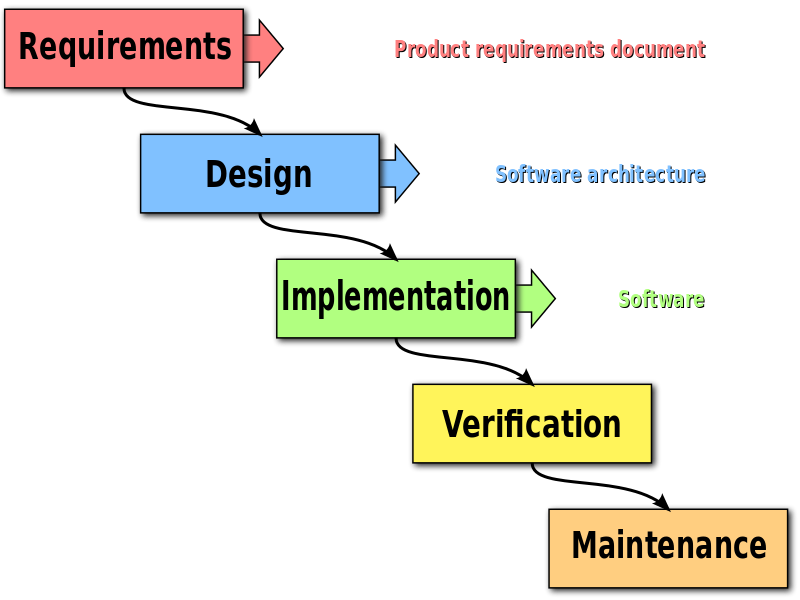Agile and Design Thinking (Jrue)
Innovator’s Dilemma
In 1997, Clayton Christensen published The Innovator’s Dilemma about how disruptive technologies can unseat large corporations that dominate a certain market. This often causes them to lose out to smaller more nimble companies that are more apt to experiment.
The dilemma is how, or when, a large market-dominant corporation should take on a new technology. Most new technologies aren’t tested, and in the beginning are inferior to the main product. They are often dismissed. The problem is that they improve at a rapid pace and better meet the demands of the customer at a certain point, usually when it’s too late. The other part of the dilemma is how a large company can pivot when all of their infrastructure and staff expertise in an legacy product.
This video mentions a few examples of industries that have been disrupted recently:
- Wikipedia disrupted the encyclopedia market.
- Google Maps disrupted the navigation/GPS/maps market.
- Skype disrupted the long-distance phone market.
- Netflix disrupted the movie rental market.
- AirBnb is disrupting the hotel market.
- Uber is disrupting the taxi market.
Christensen wrote another book later called the The Innovator’s Solution which talks about how companies need to create small research and development (R&D) labs, or skunkworks, to experiment with new ideas and test them. This doesn’t prevent a company competing with itself, which is an necessary effect if the company is to stay competitive in the marketplace.
Agile Workflow
In February 2001, a group of 17 software developers met at a resort in Utah to discuss lightweight development methods. They published the Manifesto for Agile Software Development. They realized that the traditional approaches to product development were antiquated for a digital world, and that new ideas were not appreciated in most standard corporate structures.
The tenets of Agile include the following:
- Encouraging self-organizing, cross-functional teams
- Adaptive planning and evolutionary development
- Early delivery with continuous improvement
- Rapid and flexible response to change
This is a very different model from the traditional waterfall methodology of product development done in most businesses.

Agile is a departure from this top-down method, introducing a more cyclical approach.

Design Thinking
Design Thinking is a process of problem solving using techniques derived from the design process. It considers understanding end-user (customer) motivations as a big part of the problem solving process, and borrowing techniques like iteration, testing, prototyping, and adaptation from Agile workflows.
These are the central tenets of Design Thinking:
- Understand the needs
- Explore the problems
- Prototype ideas
- Evaluate solutions